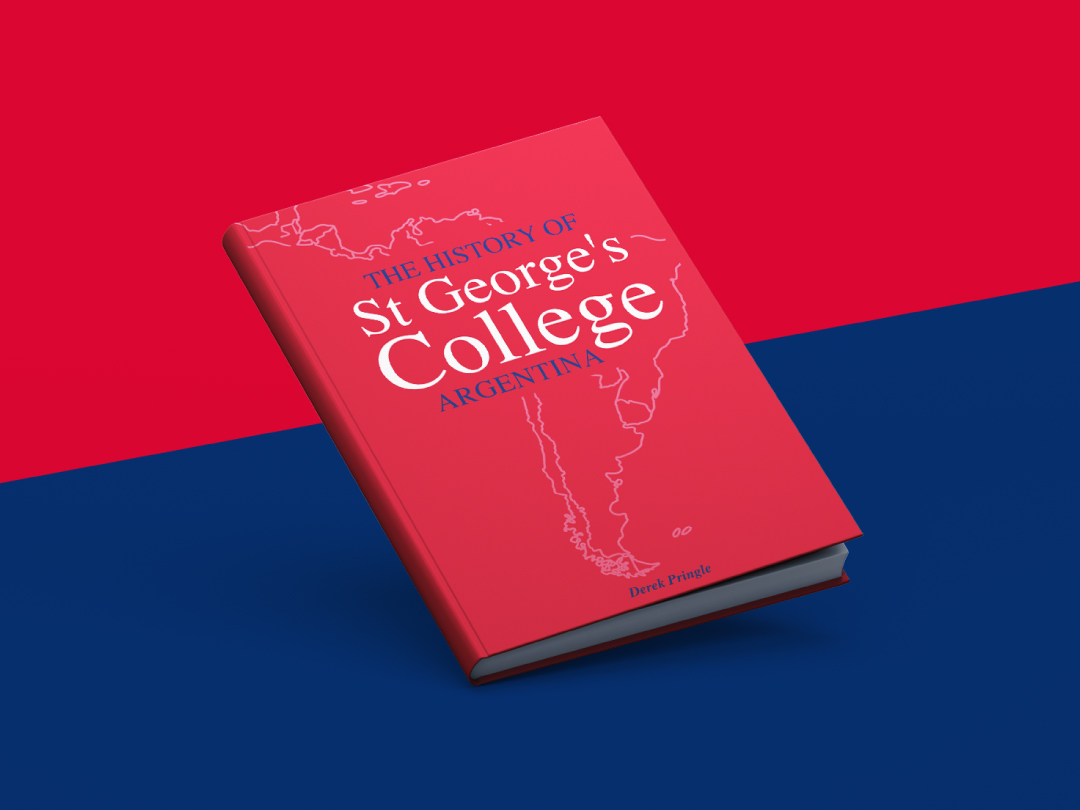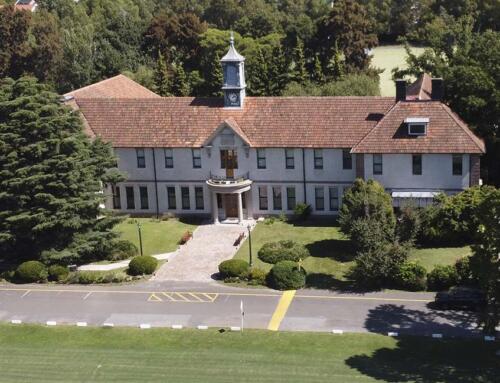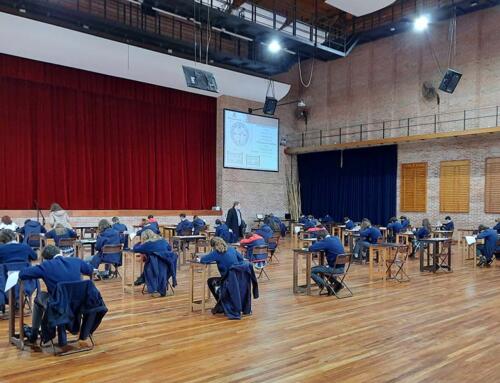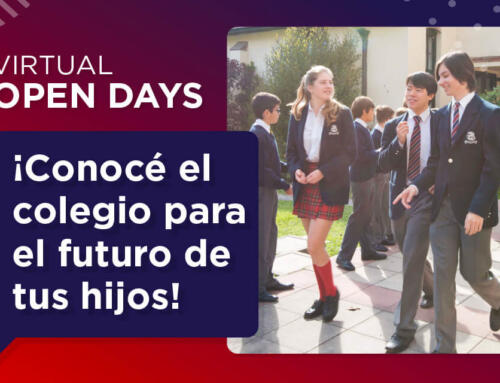In 1936, Canon Stevenson, St George’s College founder, published a book about the school’s history. But despite the years that passed, no publication was written that extensively covered the events that occurred after that date, nor had the early years of the school ever been revisited. In 1996, 60 years later, Derek Pringle visited St George’s for the first time and was captivated by this institution. “How is it possible that something so English thrives here in the middle of Quilmes, Argentina? It truly aroused my curiosity,” he recalls asking himself after that initial tour. Graduated in International History and Politics from the University of Leeds, the desire to delve into the past was a perk of the job for Derek.
In 2009 he became the Headmaster in Quilmes and had the opportunity to get to know the school’s traditions and part of its history more closely. When Derek left his role at St George’s in 2015, that curiosity about the school’s past was far from satisfied, well aware that no one had narrated the institution’s events for three-quarters of a century.
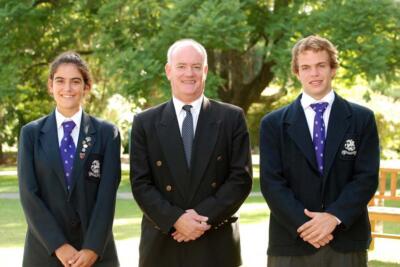
Ignited with this idea, he proposed to the Board to take the lead and write the history of St George’s. Thus, he embarked on a journey of over 8 years, meticulously consulting various sources of information, delving into the human dimension of the stories by conducting over a hundred interviews with members of the school community, facing challenges, and verifying information.
The result is a thorough yet never solemn book that skillfully alternates between a fascinating depth of events and the stories and testimonies that add colour and illuminate the facts. Soon to be published and available to the entire Georgian community, Derek gives us a glimpse of some details and shares the secrets behind the research process.
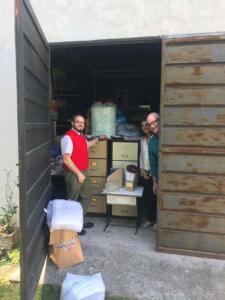
– How was the investigation process to achieve the book?
It had different facets to it. One obvious place to look for information was The Georgian magazines. The school’s incredibly lucky because The Georgian was founded in 1901 when St George’s was only three years old. So that was something which I used a lot for my investigation. They were available physically in the library and in an online collection, and I got copies of everything.
– This is a lot of information! How did you work with more than 100 years of magazines?
Well, it took a lot of reading, that’s for sure. And a lot of notes as well. I had an idea in my head of the chapter titles, So when I went through the Georgian magazines, I was making notes of the information in relation to which chapter it could go in, and I was looking for information that was going to call the attention. This was never going to be a history book about which house won the sports day in 1928.
What other sources of information did you consult?
I did over 100 interviews. The oldest old Georgian I interviewed was Peter Harrison, who joined the school in 1936 and is still alive. And so I interviewed people who were at the school from the 1940s onwards, and also a lot of teachers and former teachers as well. Then, we have got the school museum, with Gabi there having everything so well organized. She’s got a huge collection of photographs which go back way back to the start of the school. She also has lots of documents as well, letters from Headmasters to board members, from board bursars to Headmasters and all that is also really useful information too.
Also, I spent quite a lot of time in newspaper libraries, like the San Andrés University for the “Standard”, which was a really important English language newspaper way back in the day. The National Library has newspaper archives for all the Spanish language newspapers and the Buenos Aires Herald. Quilmes newspapers are also there. So I went through a lot of them also.
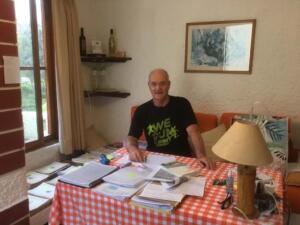
– Which difficulties did you find during this information gathering process?
Well, one was finding time because of course when I left Quilmes, I came back to Peru, and I’ve been working since then as a Headmaster in Peru, and so the book has been very much a part time project. That is why the project has been taking so long. Because I started it 8 years ago, but it was eight years of doing it part time.
Interviews were also difficult as well in the sense that it wasn’t easy to contact people to do the interviews. I did a lot of them in person when I visited Buenos Aires, more or less twice a year, every year after I left. After and during the pandemic, I was able to do more interviews online.
Triangulating evidence also was a challenge because the fact that somebody said that something happened doesn’t necessarily mean that it happened, or at least that it didn’t happen in the way that they said it happened. So I’ve tried very hard in the book not to include something which I haven’t been able to check with some other source.
– You start the book talking about the historical context in which St George’s was founded. How was the British empire, Argentina and Quilmes in the late XIX century?
A very different world from the world of today. Which is why I wanted to spend the early part of the book setting the context in which St George’s was founded. At that time, the British Empire was the most important empire in the world. They had a lot of influence in many of the Latin American countries, and particularly in Argentina, in economic terms. The British controlled the railways, the banks, the insurance companies, etc. Most of the public utilities were also British as well.
Argentina was one of the ten richest countries in the world, which people sometimes forget. Just to give some examples, the GDP, the gross domestic product per person of Argentina was bigger than in Germany, bigger than in France, bigger than in Italy. And something like 50% of all the economic activity in Latin America came from Argentina.
And Quilmes was very small, very quiet. Industry was just beginning to start, but it still wasn’t very much. This town was a place where people had summer homes.
– Which areas of the history of St George’s do you include in the book?
The book has 26 chapters. The first ten chapters are a general chronological account of the history of the school going from 1898 to 2015. And then Chapter 11 is concentrated solely on St George’s North, and then after that the book becomes more thematic and less chronological. I’ve ended up with something like 25 appendices because what I wanted was for the book to also be like a sort of encyclopedia that people could consult to find out things.
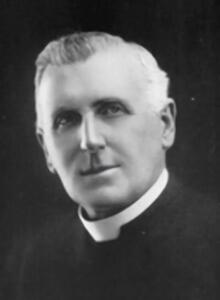 – We cannot talk about St George’s without talking about the founder, Canon Stevenson. Why did he found St George’s and what difficulties did he find?
– We cannot talk about St George’s without talking about the founder, Canon Stevenson. Why did he found St George’s and what difficulties did he find?
I think he was somebody who was always interested in education. He had actually founded a school in South Africa before he came to Argentina. He himself was teaching from a very early age. So I think teaching was part of his personality. And the idea of founding a school was something which was partly promoted by the Anglican church where he worked, All Saints in Quilmes, that in their founding statutes talked about having a school. He also had a vision that there was a space in the market for an English public school type of institution in Argentina, which could appeal not just to people in the country, but all over Latin America.
– How was Canon Stevenson? What did you find out about his personality?
He was an extraordinary person. He was one of these people who never stopped, he was always doing things. First of all, he founded the school and right through until almost his retirement, he wasn’t just the Headmaster of the school, but he was the school manager as well. And in addition, he was also the chaplain of the school throughout that time, too. In those days they were having two chapel services every day. The fact that he also used to go personally to the market on Thursdays to buy all the food for school gives you an example of how he was involved in everything.
But he was also working in the wider Anglican Church. He was speaking on Sundays at churches all over Buenos Aires. He loved sports. He played a part in founding Quilmes Cricket Club, which later became Quilmes Athletics Club. He founded a Quilmes Music Society. Just the whole amazing range of activities every day.
– How was his relationship with other people?
He was somebody who people respected enormously. But I had no impression that people were frightened of him. His Spanish was not very good. The funniest story I’ve heard about his Spanish was when he ordered one taxi to come at 12:00 to the school, but he said it wrongly and 12 taxis kicked in at 1:00. And Martin Henry, who worked in the school for many years, back in the ‘50s, when he arrived at the school, saw a photograph of the 12 taxis in the dining room. I think that the fact that this photograph was taken and placed there gives us a nice insight into Stevenson’s sense of humour and how he was not somebody who was pompous and trying to be above everybody, because he was able to laugh at himself.
– Did you find something that surprised you, something that you had never heard before?
In relation to Canon Stevenson, I don’t think it’s commonly known that he was married twice and lost his first wife and his baby. He never talked about it.
Another fact that surprised me was the number of students studying in the school, in the very early days, who were born outside Argentina. When the school was only 20 years old, 44% of the students had been born outside Argentina. In many ways, St Georges was an international school before people even thought of that concept. In terms of its student population, in terms of its teaching staff and in terms of its curriculum.
Another thing that I think is surprising, is how the school, founded in a smallish town on the south side of Buenos Aires, came to have a reach which went over not only all Argentina, but much of the continent as well. This was a school which very quickly was connected with almost every province of Argentina, Uruguay, Chile, Brazil, Bolivia.
The school is in its 125th anniversary this year and has gone through a lot of historic stages. Different social movements, good moments, bad moments. Why do you think the school managed to still be relevant and survive all these changes?
I think part of the reason was because the leaders of the school had an ability to look to the future and not just focus on the present. To look at future trends, understand the ways in which Argentina was changing and how the school was going to have to adapt to these changes.
And I think also, as always in any institution, economic necessity drives adapting as well. If the school didn’t adapt, then it wouldn’t have students. And if it didn’t have families, then it wouldn’t be able to exist economically.
Having studied the history of the school, what are the points of continuity that you find? And what things maybe have changed through time?
I will say that certainly one of the things which the school’s been able to maintain is a sense of tradition. The sense of the past is important. Emphasis on things like good manners, emphasis on things like punctuality. The idea of forming character, that was one of the key ideas of Stevenson for schools. Academics, of course, have become more important than they were 100 years ago, which reflects how the world has changed.
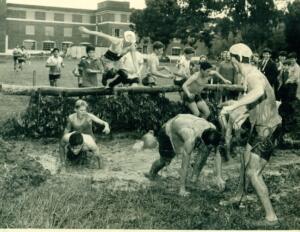
– And what lessons or teachings do you think that somebody that reads the book can find?
Perhaps the importance of the school motto, “Vestigia nulla retrorsum”, “always look forward and never look back”. I think what’s meant by the school motto is the idea of looking to the future, guiding yourself from the past, but don’t get stuck in the past. And the history of the school reflects it in such a clear way. A lot of people over 125 years have devoted an enormous amount of time to working for the benefit of the school. And I think their story is really what we should reflect on as well. How they’ve been prepared to give to the school and make it what it is today.
How do you think that this book is going to help the sense of community of St Georges?
I would hope that it’s going to make people more aware of the history of the school and how amazing its history is. And I hope it makes them deepen the feeling of identification and pride for the school. And clearly, for all the people who work there and who have worked there as well.
What does this book mean to you?
Well, my wife, Ana María, would say that she’s getting her husband back! Eight years doing the book occupied a lot of free time, which was time we could have had together. She’s been very supportive, but having almost finished the project, the idea of us being able to have more time together is certainly something which I feel very happy about. I’m also feeling a sense of fulfillment. I imagine it’s a little bit like giving birth. It’s a long process and it’s something that’s with you all the time. And now it’s almost time to “give birth”. So satisfaction, I think, is the right word
